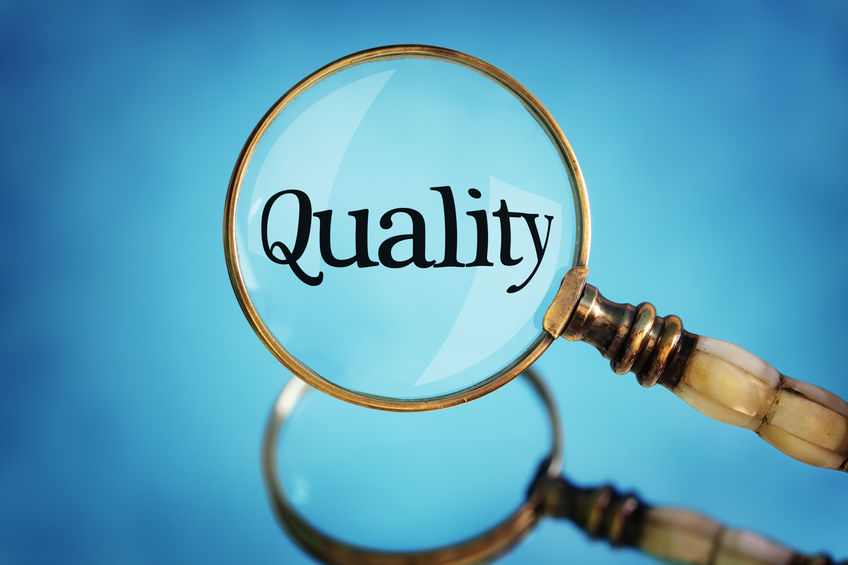Roofs are exposed to many types of aggressions, so it is important to know: “how frequently should you do commercial roof maintenance?” Sulfur, chlorine compounds and nitrogen compounds contribute to the formation of acid rains, but the roof can also be affected by variations in mineral salts, dust or soot in the air. These atmospheric pollutants, together with water and ultraviolet radiation, affect the roof. The degradation process is accelerated especially when there is debris on the roof that maintains a humid environment.
The effect of these pollutants is higher in industrial and coastal areas. Emissions containing sulfur or chlorine are a higher risk. At the same time, these pollutants damage the paint protection applied on some roofs, reducing their efficiency.

Annual inspection
How often should you do commercial roof maintenance? During the roof warranty period, we recommend that you conduct a more detailed inspection every five years. After the warranty expires, the roof must be inspected at least once a year. For example, a periodic maintenance program for a flat PVC / FPO membrane roof, together with its correct design and execution, can result in a doubling of its lifetime (from 15-16 years as it is currently the average roof life, over 30 years of expected life expectancy). Any defects in the coating will be repaired immediately to ensure a maximum lifespan. The annual inspection shall include the following procedures:
- Have metal roofers Denver pros complete the Initial inspection and removal of visible debris from the roof, as well as from the drainage system; In addition,
- Cleaning all drainage elements from dirt accumulation, to ensure adequate water flow
- Removal of coarse dirt deposits
- Cleaning unwanted vegetation that may appear on the roof
- Visual inspection under the roof to detect potential water infiltrations
- Inspecting joints or welded elements/ materials
- Verification of the edges and roof penetrations
- Verification of the condition of the thermal insulation and looking for signs of humidity, using infrared cameras, electric impedance meters or the nuclear method
- Checking the sealing elements of different roofing materials
- Replacing damaged materials
- If necessary, restoring or replacing the roof membrane
- Repairing damaged connections between the roof and the facade
- Inspecting and repairing the lightning protection system
- Ensuring corrosion protection of metallic elements
Between two maintenance sessions, make sure to avoid operations that may damage your roof. Especially in winter, avoid cleaning the snow or the ice, because shoveling and other operations may form micro-holes in the membrane. Flat roofs will be exploited in normal limits, according to the type of membrane installed on them.
The maintenance interval can be changed, because its necessity depends on several factors such as the type of roof system, its mechanical loads, the slope, the condition of the drainage system, the climate (precipitation frequency, UV radiation, wind action), biological or chemical contamination of the environment etc. However, the indication to carry out the general maintenance once a year remains valid, as knowing how frequently you should have metal roofing pros complete commercial roof maintenance is the first step to a proactive maintenance program, which means long-term consistent savings for all building owners who implement it.

